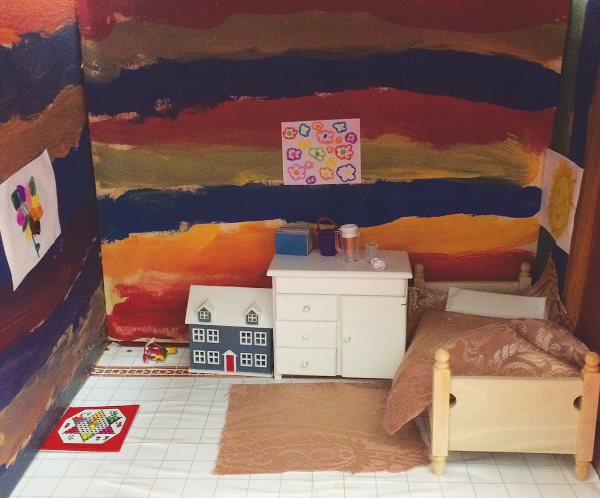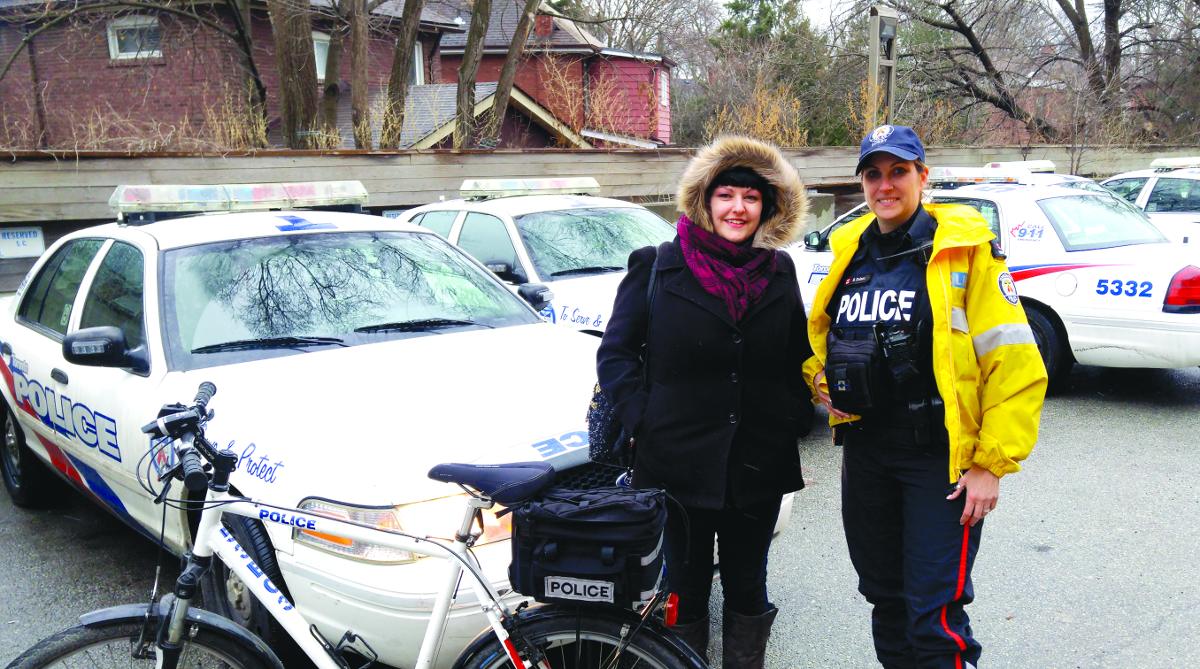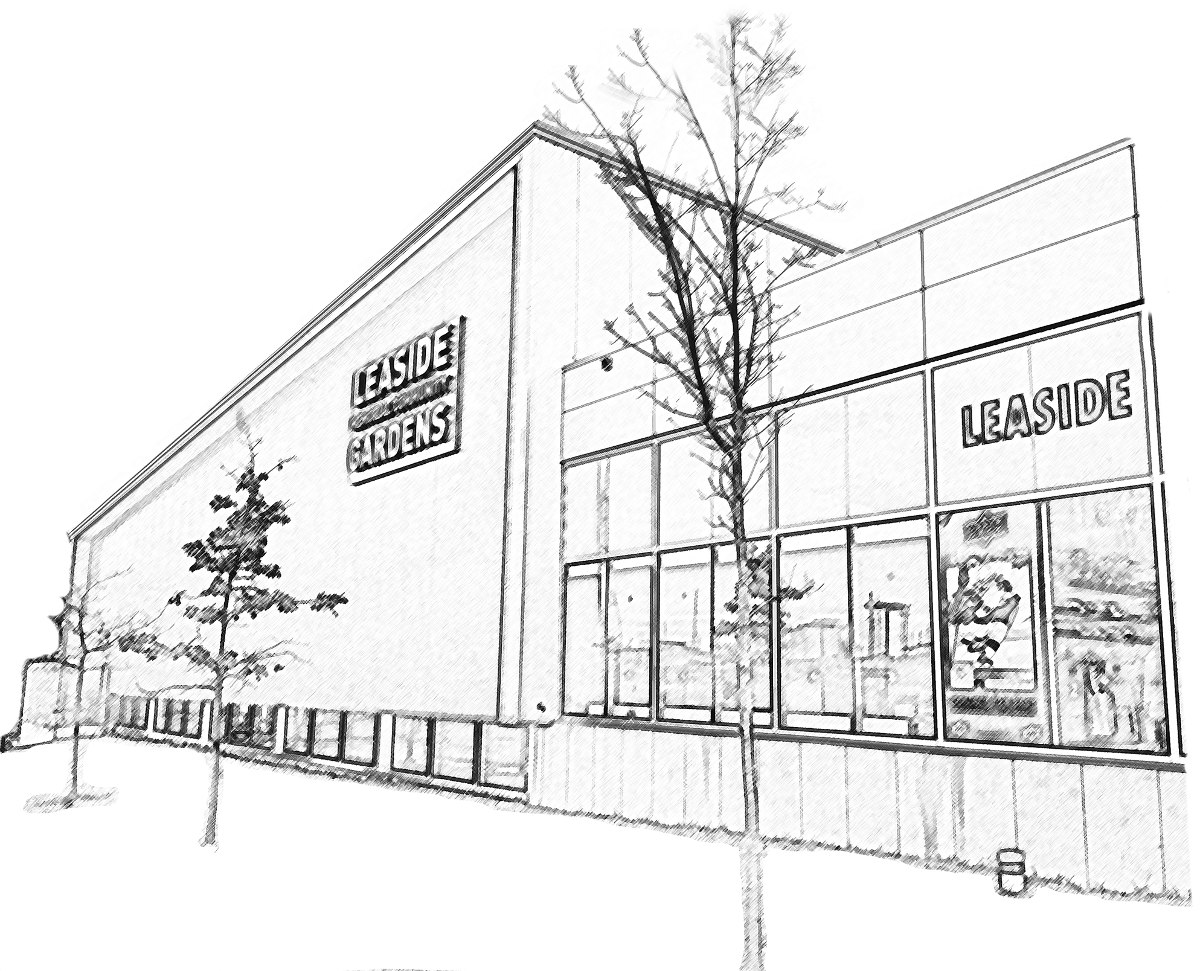
Writing profiles of each of Leaside’s six main churches over the past year was both a pleasure and an eye-opener. [The series began with Leaside United in June 2016 and concluded with St. Augustine’s Anglican in February 2017; all six profiles are posted at www.leasidelife.com.]
It was a pleasure meeting and talking with so many dedicated people who care deeply about their churches, are proud of their history and role in the community, and are engaged in their activities. It was an eye-opener to see the similarity in the challenges they face, regardless of denomination, and how serious, even existential, those challenges may be.
Leaside’s rapid growth in the post-war years coincided with a period of optimism and expansion in Canadian churches as well. It was an era when families newly arrived in a community looked around for a church to join, usually of the same denomination that one of the couple had grown up in.
It’s no surprise that those days are largely past in Canada, and Leaside’s churches are feeling the pressure. All reported declining attendance and a difficulty in attracting new, younger members. With the exception of St. Anselm’s, where the children from the school next door are automatically included in parish activities, all said they have fewer and fewer children involved, while several recalled Sunday schools with hundreds of children enrolled as recently as the 1970s.

The leadership team members at each church are getting older and don’t have the energy they once had. The next generation of leaders, if they are around at all, are much less willing to serve on boards and committees. “Declining volunteer capacity” was one of the reasons cited when the Glebe Church opted to merge with Leaside Presbyterian in 2013. It was the impetus for recent governance reforms at Northlea United. And Leaside United has just amalgamated with Presteign-Woodbine United Church.
Declining membership means less revenue from offerings. Possibly this reduced capacity has led to a greater focus on setting priorities and pursuing them more urgently because our churches have become focal points for community action on issues of social concern. It is remarkable that each Leaside church, either alone or in partnership, sponsored Syrian refugees in 2016, and each generously supports programs to help those in greatest need in our immediate area – in Thorncliffe and Flemingdon, for example – or in the wider city and world. The leaders I spoke with all talked enthusiastically about these community outreach projects, even as they acknowledged declining financial resources.
Which brings us to the church buildings themselves – beautiful structures but expensive to maintain. Most of Leaside’s churches now double as concert venues and other kinds of performance space. They rent out their facilities for badminton, ball hockey, basketball and bridge; they host yoga studios and a wide assortment of other community activities. They have permanent or long-term relationships with tenants like Mrs. Park’s Nursery School at Leaside United, Children’s Garden School at Leaside Presbyterian and the Maria Montessori School at Northlea. And each relies increasingly on this community rental revenue to meet its operating budget. A few have one or more generous benefactors who can be approached – for now – to help with capital projects or other needs.

Is the current situation sustainable? One church leader said, “No one has suggested turning the church into condos yet, but in 20 years, who knows where we’ll be?” Between them Leaside’s six churches sit on about six acres of prime real estate. “No question they’re all worth a lot of money,” said realtor Patrick Rocca, “but the value depends on what the buyer would be able to do with it. An average building lot in Leaside is worth about $1.5 to $1.7 million – and that’s just for the land. Conversion to condos would be a different matter.”
This is not intended to be alarmist. Our local church leaders are optimistic and hard-working, and none has talked about closing doors any time soon. And the local congregations don’t have a free hand to sell their property in any case. But this is to suggest that if we value Leaside’s churches as “community assets” and would like them still to be around in another generation, both as places of worship and as neighbourhood venues for concerts, badminton, yoga and other activities, then the wider community should get engaged to help find creative ways to keep our churches financially viable into the future.





